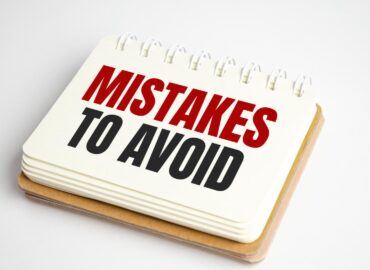Mastering the Digital Shift with a Competency Framework Model
The competency framework model is not just a buzzword anymore—it’s the ultimate blueprint you need to navigate the rapidly shifting digital landscape. If you’ve ever wondered how enterprises are staying ahead in today’s tech-driven world, the secret lies in mastering skills strategically, not randomly.
Imagine walking into a high-stakes meeting where the future of your company depends on your team’s ability to adapt, innovate, and lead with digital precision. Wouldn’t you want a clear path showing exactly which skills are crucial to succeed?
That path is the competency framework model.
Why Traditional Skill Development Fails Without a Competency Framework Model?
In today’s volatile digital economy, relying on outdated training programs can be fatal. Traditional skill development often focuses on short-term fixes—teaching a tool or technique—without aligning these skills with the long-term goals of your organization.
A competency framework model bridges this dangerous gap by mapping every skill to a strategic business need. According to LinkedIn’s 2024 Workplace Learning Report, 94% of employees say they would stay at a company longer if it simply invested in helping them learn.
Without a structured approach like the competency framework model, you risk high turnover, poor project outcomes, and getting left behind in the digital race.
The Real Cost of Ignoring a Competency Framework Model
Picture this: your competitors are adopting AI, cloud technologies, and cybersecurity measures faster than you. Their teams know exactly which skills to sharpen—and when. Meanwhile, your team scrambles with generic training, and your market share dwindles.
Implementing a competency framework model isn’t just “nice to have”—it’s survival.
According to Gartner, organizations that actively manage competencies outperform their peers by 25% in productivity.
Don’t let misaligned skills be the reason you miss your growth targets this year.
Embracing a Competency Framework Model for the Digital Future
So, how do you turn things around? You adopt the competency framework model at the core of your Enterprise Skills Initiative.
Here’s the exciting part: when you implement a competency-based system, you are essentially creating a GPS for your workforce. It shows:
- Where your team is now
- Where they need to go
- How to get there faster than the competition
By aligning your upskilling and reskilling efforts directly to business objectives, you ensure that every dollar spent on training brings tangible ROI.
Understanding the Competency Framework Model
Let’s break it down simply:
- Competencies: These are measurable skills, knowledge, and behaviors critical for success.
- Framework: The structured organization of those competencies into clear roles and levels.
- Model: A visual or mapped guide showing how competencies evolve over time.
When you integrate a competency framework model into your enterprise skills initiative, you create clear career pathways, personalized learning experiences, and a culture of continuous growth.
Competency Framework Model in Action: Real World Examples
Take Microsoft’s Enterprise Skills Initiative (ESI). They used a competency framework model to design tailored upskilling for cloud computing roles. The result? A 47% increase in employee certification rates within a year!
Amazon is another great example. Their upskilling programs, built around a robust competency framework model, have helped more than 100,000 employees transition into high-demand tech jobs.
If they can do it, so can you.
Why You Should Prioritize a Competency Framework Model Today?
Stay Future-Ready: Skills like AI literacy, data analysis, and cybersecurity are evolving. A static curriculum won’t cut it.
Boost Employee Retention: Career mapping through a competency framework model increases loyalty.
Enhance Productivity: Teams work smarter when they know the exact skills needed for excellence.
Drive Business Outcomes: Skills are aligned with KPIs, not random checkboxes.
Transitioning from random training to a strategic competency framework model is the smartest investment you’ll make this year.
Steps to Build a Competency Framework Model for Your Enterprise
Step 1: Assess Current Skills
Use digital assessments and manager feedback to benchmark where you are today.
Step 2: Define Future-Ready Roles
Look at your 3–5-year vision. What roles will be critical?
Step 3: Map Competencies
For each role, outline the specific skills, behaviors, and knowledge areas needed.
Step 4: Build Learning Pathways
Curate training, certifications, and mentoring opportunities aligned with your model.
Step 5: Measure and Adapt
Skills change. Regularly update your competency framework model to stay ahead.
The Exciting Future: Unlocking Hidden Potential with a Competency Framework Model
When you shift your focus from vague skill development to a robust, future-focused competency framework model, you unleash massive potential within your teams.
Imagine the creativity, agility, and innovation that will bloom when every team member knows exactly how they can contribute—and grow.
In a digital world where change is the only constant, the competency framework model gives you the power to not just survive, but thrive.
Your Move?
If you’re serious about building competencies for a digital future, the time to act is now.
Start small, start smart—but most importantly—start with a competency framework model.
Remember: Success in the digital future isn’t about working harder; it’s about working smarter. And smarter starts with a solid framework.



